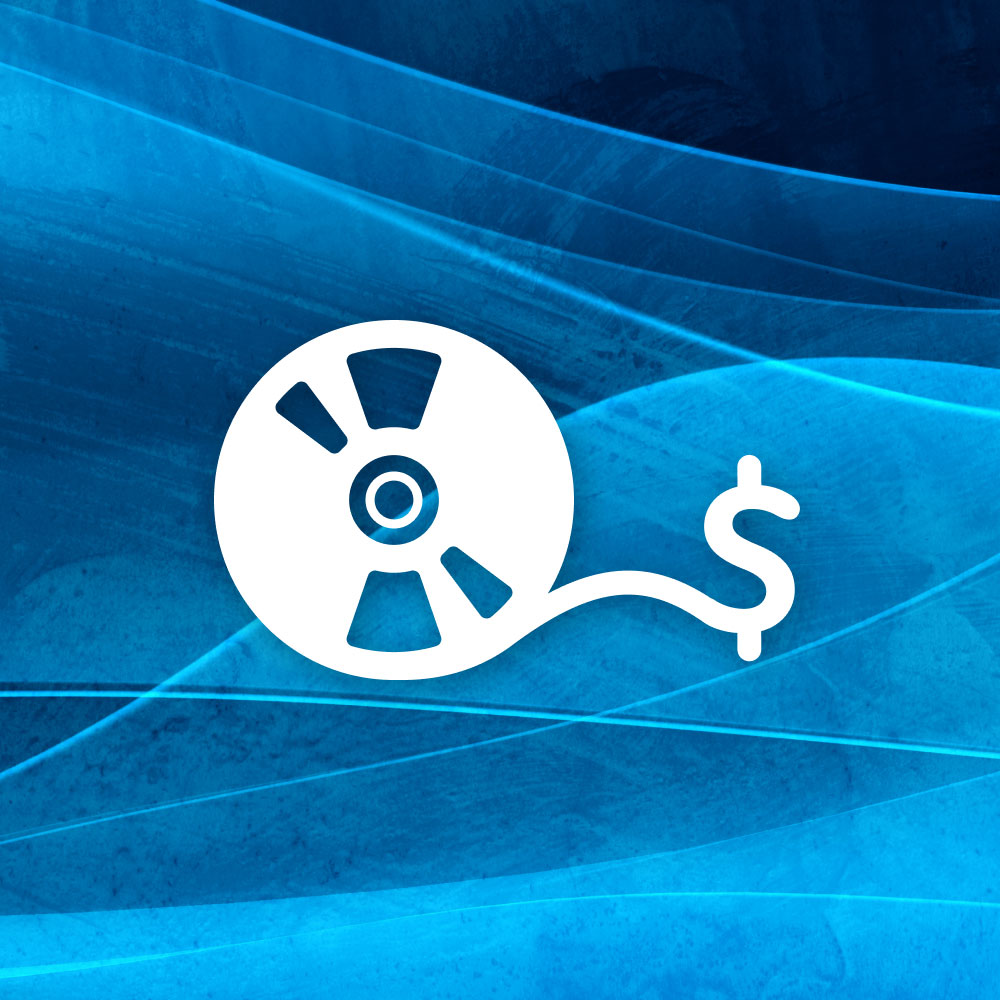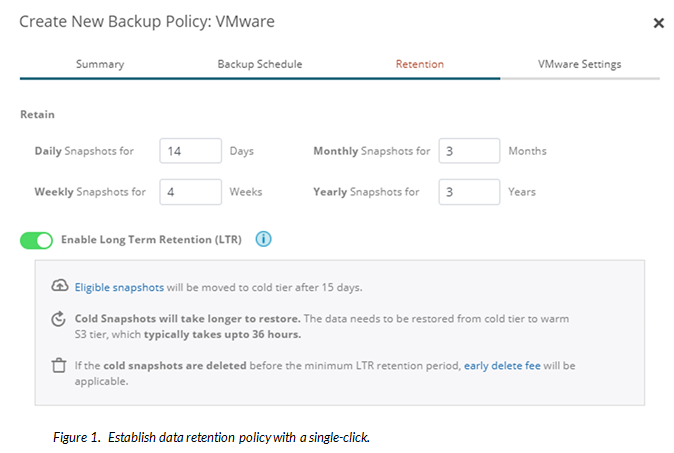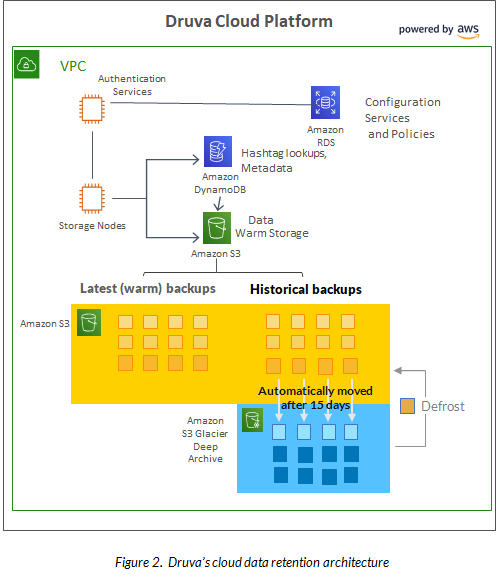The volume of data that needs to be stored long-term is growing significantly as a result of the General Data Protection Regulation (GDPR) “right to be forgotten” clause, an increasing number of eDiscovery investigations and growing compliance regulations. These regulations require long-term retention of historical backups for multiple years (maybe even forever).
When it comes to long-term retention of data, you have two choices: Tape systems or cloud backup archive.
Tape systems: Over the past decade, tape systems have been the de facto standard for long-term data storage. Start-up costs are higher (as are maintenance costs), whether you use an in-house IT team or contract with an outside service. The major issue with tape is the time it takes for a large-scale search project, for example searching years’ worth of emails across multiple custodians. What is the cost of this search? Some organizations have reported more than $1 million (US) to restore thousands of backup tapes into a searchable archive.1
Cloud backup archive: Inexpensive cold storage is more economical than tape systems, especially with pay-as-you-grow service. It’s far easier to search and restore the exact files you need compared to restoring the whole backup snapshot. However, manually archiving data into cold storage comes with some cons such as network bandwidth slowdowns, manual management time, and ingress/egress charges.
Tape vendors typically point out the unmatched economics of tape archive. But as privacy, compliance, and government regulations continue to grow, businesses are looking for more than cheap storage. There is a true need for agile data management with hassle-free access.
Simplify data retention with cloud backup archive
Druva provides inclusive cloud archive and data protection from a single solution that is radically simple to use, always up-to-date, and ensures your data is always available and safe. Our SaaS platform eliminates hardware, software, and costly refresh cycles. Built on Amazon Web Services (AWS), you get the full value of the cloud in a transparent business model that reduces costs by up to 50%. In essence, both your data center footprint and data protection costs shrink.
At a time when CFO’s are asking all of us to tighten our belts, automated long-term retention further reduces costs by eliminating the tedious and manual movement of data into a cloud backup archive. What is the result? You benefit from a single fixed price for storage while eliminating ingress/egress fees.


